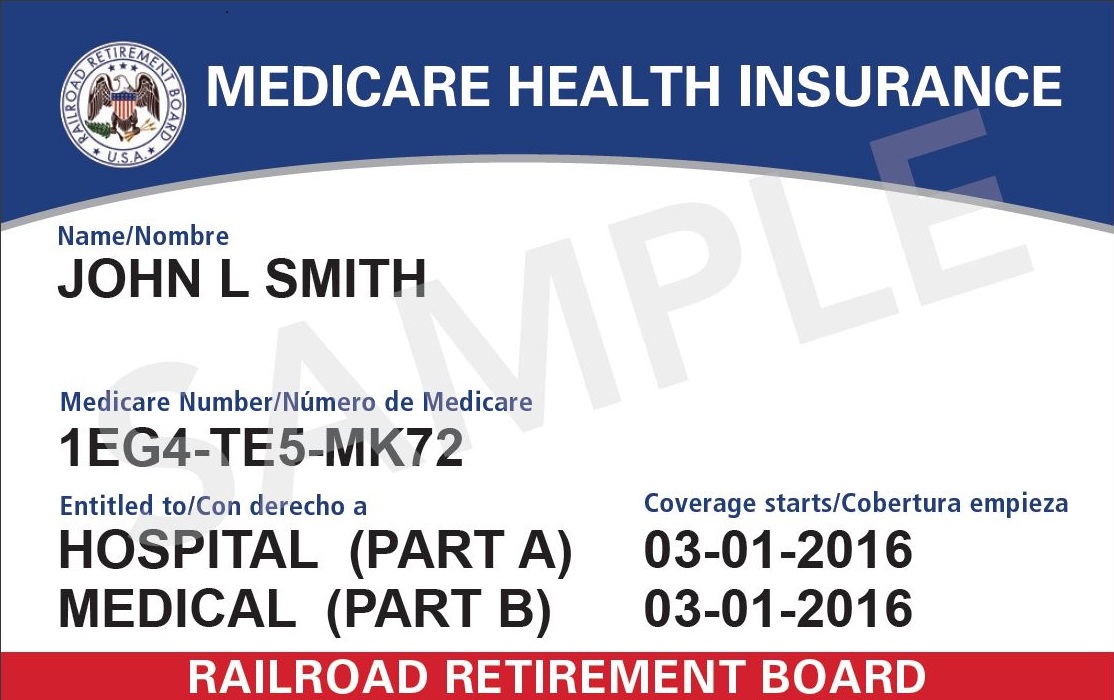You are typically eligible for Medicare if you are eligible for either Social Security benefits or Railroad Retirement benefits. There are a few important differences when you enroll in Medicare if you are or were a railroad worker.
- Your enrollment will be processed by the Railroad Retirement Board (RRB) instead of by Social Security. If you are receiving Railroad Retirement benefits or railroad disability annuity checks when you become eligible for Medicare, RRB should automatically enroll you in Medicare Parts A and B. You should receive your red, white, and blue Medicare card and a letter from RRB explaining that you have been enrolled in Medicare. If you are not collecting Railroad Retirement benefits when you turn 65, you should contact your local RRB field office to enroll in Medicare.
- If you are under 65 and have a disability, you will have to fulfill different eligibility requirements to qualify for Medicare. Whether you are eligible for Medicare and when it begins depends on how RRB classifies your disability. Contact your local RRB to learn more. Also, if you qualify for Medicare due to End-Stage Renal Disease (ESRD), you should contact Social Security to enroll, even if you are a railroad worker.
- RRB will collect your Medicare premiums. If you receive Railroad Retirement benefits or railroad disability annuity checks, your Medicare Part B premium should be automatically deducted from your check each month. If you do not qualify for premium-free Part A, it will also be deducted from your check.
- Your doctors and other providers should bill a separate contractor for services covered under Part B. Your providers must send Railroad Medicare Part B claims to the Part B contractor selected by RRB. Always make sure your providers know you have Railroad Medicare to ensure that Medicare pays in a timely manner.
- Your Railroad Medicare card will look different:

rrb.gov
